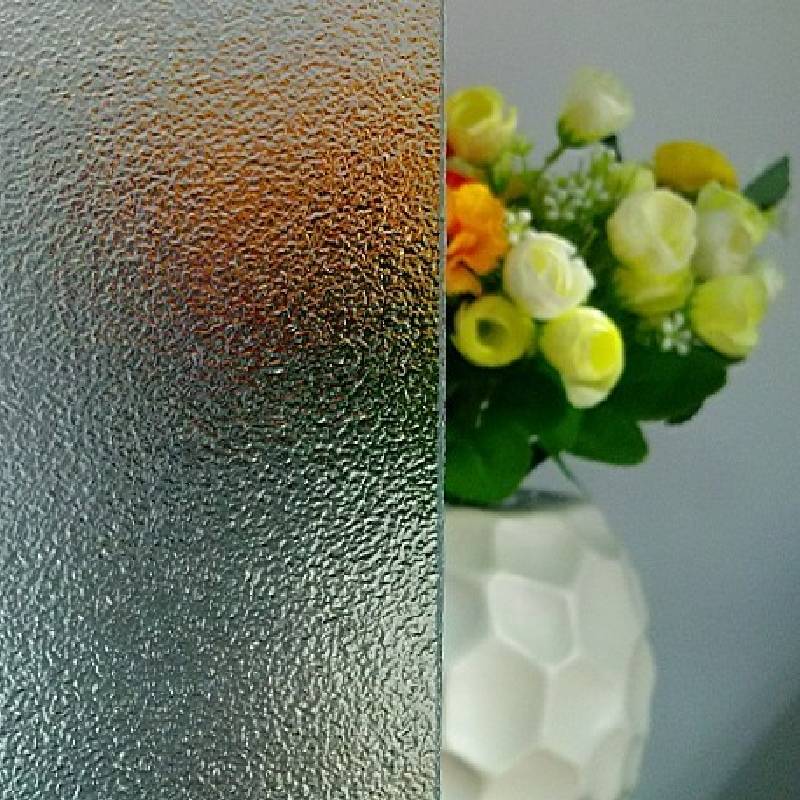Understanding Clear Float Glass A Comprehensive Overview
Clear float glass is a popular material used in various applications, both residential and commercial. This type of glass is renowned for its high transparency, smooth surface, and versatility, making it a preferred choice for architects, designers, and manufacturers. In this article, we will explore the characteristics, production process, applications, and benefits of clear float glass.
Characteristics of Clear Float Glass
Clear float glass is distinguished by its clarity and uniform thickness. Its production involves a unique process that creates a smooth, flat surface, resulting in minimal light distortion. Unlike other types of glass, clear float glass does not contain color or tint, allowing for maximum light transmission. This quality makes it ideal for windows, doors, and partition walls where natural light is desired.
The glass typically has a thickness range from a few millimeters up to more than 12 mm, depending on the intended application. Additionally, clear float glass boasts excellent optical properties, making it suitable for applications requiring high visibility and aesthetics. Its polished surface is not only attractive but also easy to clean, which is an essential requirement in many settings.
The Production Process of Clear Float Glass
The manufacturing of clear float glass involves several key steps. The process begins with the melting of raw materials, including silica sand, soda ash, and limestone, at high temperatures in a furnace. Once the raw materials have melted, the molten glass is floated on a bed of molten tin. This step is critical because it allows the glass to spread evenly and form a flat, smooth surface. The temperature and environment in the production furnace are carefully controlled to ensure the glass maintains its clarity and does not develop imperfections.
After the glass has cooled sufficiently, it is cut into sheets of various sizes and thicknesses. It can then be further processed, such as being tempered for increased strength or coated for additional functionalities like UV protection or energy efficiency. The result is a high-quality product that meets the diverse needs of the market.
clear float glass
Applications of Clear Float Glass
Clear float glass finds applications across numerous industries. In the architectural sector, it is widely used for windows, facades, balustrades, and glass doors, allowing for an unobstructed view and natural light penetration. The automotive industry also employs clear float glass for vehicle windows, emphasizing safety and visibility.
In the interior design arena, clear float glass is utilized for furniture designs, display cases, and partition walls, helping to create open and airy spaces. Moreover, its use in the manufacturing of glassware and containers highlights its versatility across both functional and decorative applications.
Benefits of Clear Float Glass
One of the primary benefits of clear float glass is its optical clarity, which ensures maximum light entry while reducing glare. This feature contributes to energy efficiency in buildings by minimizing the need for artificial lighting during the day. Additionally, its versatility allows it to be customized for various applications, enhancing its appeal to designers and manufacturers.
Clear float glass is also environmentally friendly as it is recyclable. The ability to reuse glass makes it a sustainable choice for eco-conscious consumers and businesses alike. Furthermore, advancements in production techniques have led to the development of energy-efficient glass, contributing to reduced energy consumption in both residential and commercial properties.
Conclusion
Clear float glass remains a critical component in modern architecture and design. With its exceptional clarity, strength, and versatility, it continues to be a favored choice in a wide range of applications. As technology evolves, the production and uses of clear float glass will likely expand, providing innovative solutions that meet the needs of a changing world. It is not just a material; it is an integral part of the way we experience our environments.
 Afrikaans
Afrikaans  Albanian
Albanian  Amharic
Amharic  Arabic
Arabic  Armenian
Armenian  Azerbaijani
Azerbaijani  Basque
Basque  Belarusian
Belarusian  Bengali
Bengali  Bosnian
Bosnian  Bulgarian
Bulgarian  Catalan
Catalan  Cebuano
Cebuano  Corsican
Corsican  Croatian
Croatian  Czech
Czech  Danish
Danish  Dutch
Dutch  English
English  Esperanto
Esperanto  Estonian
Estonian  Finnish
Finnish  French
French  Frisian
Frisian  Galician
Galician  Georgian
Georgian  German
German  Greek
Greek  Gujarati
Gujarati  Haitian Creole
Haitian Creole  hausa
hausa  hawaiian
hawaiian  Hebrew
Hebrew  Hindi
Hindi  Miao
Miao  Hungarian
Hungarian  Icelandic
Icelandic  igbo
igbo  Indonesian
Indonesian  irish
irish  Italian
Italian  Japanese
Japanese  Javanese
Javanese  Kannada
Kannada  kazakh
kazakh  Khmer
Khmer  Rwandese
Rwandese  Korean
Korean  Kurdish
Kurdish  Kyrgyz
Kyrgyz  Lao
Lao  Latin
Latin  Latvian
Latvian  Lithuanian
Lithuanian  Luxembourgish
Luxembourgish  Macedonian
Macedonian  Malgashi
Malgashi  Malay
Malay  Malayalam
Malayalam  Maltese
Maltese  Maori
Maori  Marathi
Marathi  Mongolian
Mongolian  Myanmar
Myanmar  Nepali
Nepali  Norwegian
Norwegian  Norwegian
Norwegian  Occitan
Occitan  Pashto
Pashto  Persian
Persian  Polish
Polish  Portuguese
Portuguese  Punjabi
Punjabi  Romanian
Romanian  Russian
Russian  Samoan
Samoan  Scottish Gaelic
Scottish Gaelic  Serbian
Serbian  Sesotho
Sesotho  Shona
Shona  Sindhi
Sindhi  Sinhala
Sinhala  Slovak
Slovak  Slovenian
Slovenian  Somali
Somali  Spanish
Spanish  Sundanese
Sundanese  Swahili
Swahili  Swedish
Swedish  Tagalog
Tagalog  Tajik
Tajik  Tamil
Tamil  Tatar
Tatar  Telugu
Telugu  Thai
Thai  Turkish
Turkish  Turkmen
Turkmen  Ukrainian
Ukrainian  Urdu
Urdu  Uighur
Uighur  Uzbek
Uzbek  Vietnamese
Vietnamese  Welsh
Welsh  Bantu
Bantu  Yiddish
Yiddish  Yoruba
Yoruba  Zulu
Zulu 

